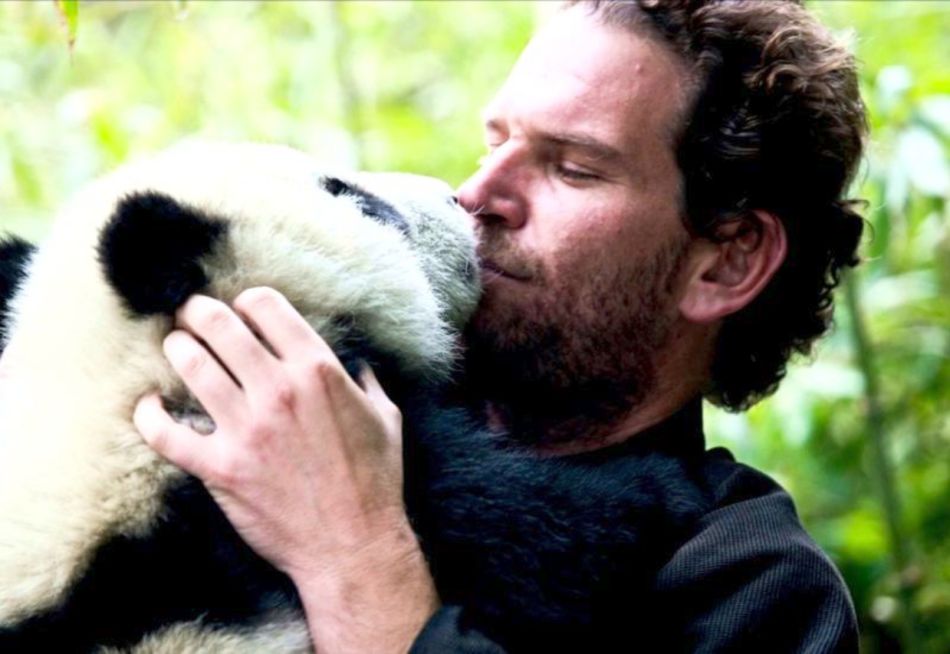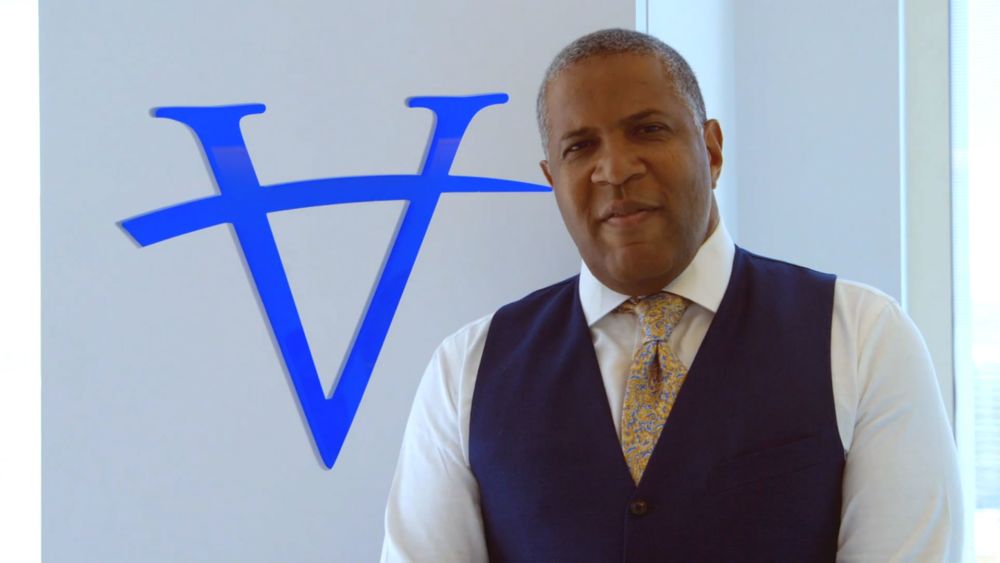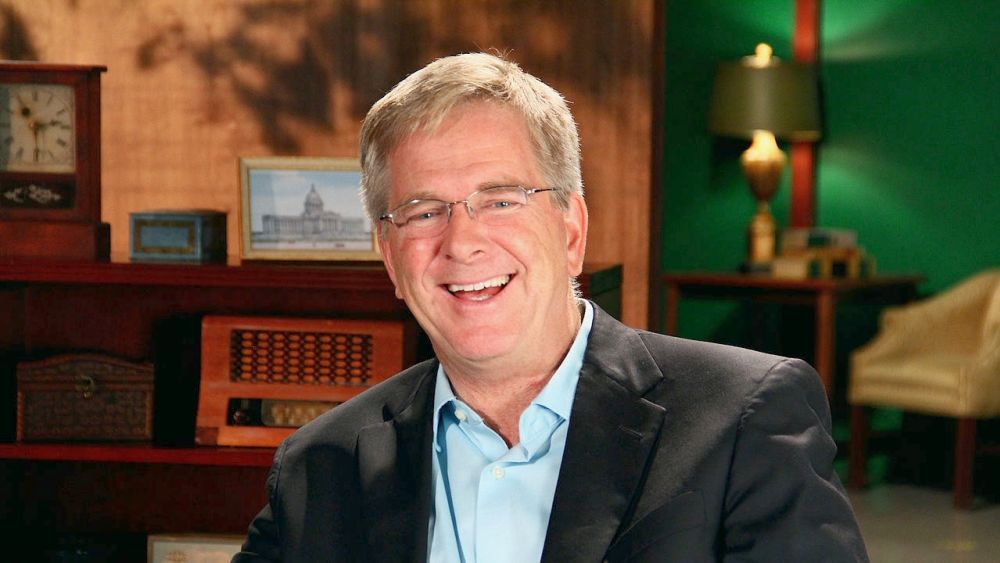Changing the World Through Communication: The Annenberg Foundation
Greggory Moore | Best of Best

image by: The Annenberg Space for Photography
The name "Annenberg" is forever linked to progressivism in public education. But a new generation of Annenbergs is creating a legacy of betterment that extends far beyond the classroom.
If you've watched any public television during the last quarter century, you are almost certain to know the name "Annenberg." That's because since 1989 the Annenberg Foundation has produced and funded programs aiming to improve public education, as well as getting hundreds of millions of dollars directly into school coffers.
But since 2009 the Annenberg Foundation has diversified its philanthropy so broadly that it's hard to follow the thread. Now directly engaged with numerous environmental efforts and human-rights organizations and causes, even a grand phrase like “media empire” minimizes the Annenberg reality.
Here is where one might speak of the Annenberg Foundation's humble beginnings if in fact they were so humble. The reality, though, is that the Annenberg Foundation was delivered unto the world with enough force to make a broad and immediate impact. But to understand the spirit that guides the Annenberg Foundation to this day, it is essential to understand a little something about its founder.
Walter H. Annenberg was born in 1908 to Moses Annenberg, a wealthy newspaper distributor in Milwaukee. In 1942 he inherited the company that he would soon rename Triangle Publications, which he helped transform into a small media empire, counting among its numerous properties the Philadelphia Inquirer, Seventeen magazine, and TV Guide, along with several TV and radio stations.
During his publishing career Walter was already in the business of helping educational institutions, founding schools of communication at three separate universities and endowing chairs at over a dozen more. But in 1988, after selling off the remainder of Triangle Publications' assets for nearly $3 billion (c. 1970 he had sold two of its biggest newspapers for a total of over $140 million), Walter announced that he would dedicate the rest of his life to philanthropy. 'I started out with an awful lot handed to me,'' The New York Times recalled his once telling an interviewer. And giving back was central to his life.
The degree to which he gave back can be seen from the Annenberg Foundation's earliest activities. In 1990 he donated $50 million to the United Negro College Fund—believed to the largest gift ever for historically Black colleges. In 1991 he donated $60 million to the Corporation for Public Broadcasting to support K–12 mathematics and science programming.
But these seemed mere prelude to 1993, when he donated a total $365 million to four schools (Harvard, USC, the University of Pennsylvania, and his alma mater, Peddie School), and announced the Annenberg Challenge for School Reform, $500 million to be distributed over the ensuing five years to a variety of institutions and organizations working to improve the effectiveness of public education.
After Walter died in 2002, his widow Leonore took over as chairperson/president/CEO of the Annenberg Foundation until her death in 2009, at which point her daughter Wallis assumed the leadership role, along with heavy involvement from Wallis's three children, Lauren Bon, Gregory Annenberg Weingarten, and Charles Annenberg Weingarten, all of whom were made vice-presidents.
While continuing their grandfather's commitment to education, this new generation of Annenbergs has expanded the Foundation into realms of environmental stewardship, social justice, and animal welfare, evolving far beyond its traditional role as a grant-making institution and pursuing large-scale solutions to systemic problems.
None of the many Annenberg Foundation projects highlights this expanded scope better than explore, a multimedia organization aiming to educate and inspire by opening windows onto both the planet itself and people and organizations selflessly working to better it. A few of the films the Foundation produced in 2009 give a sense of the Foundation's expanding scope:
- Street Poets—Formally founded as a nonprofit in 2005, Street Poets Inc. is a poetry-based violence-prevention and community-building organization. "We use poetry and the creative process and music to help transform the lives of young people," says founder Christopher Henrikson, "and in the process transform the community and the culture in which those young people live. When a young person starts to explore their wounds and give voice to them, there needs to be a community around them that sees them and can help support them and support that authentic self as it works through the layers that may be obscuring them." explore's 12-minute film highlights how Street Poets not facilitates this growth not only through workshops, readings, and recording sessions, but also through rituals such as the sweat lodge. "We don't usually get this where we're from or where we stay at; we don't really get to see stuff like this," says a young poet who became involved with Street Poets rather than go the route of retaliation for his and his girlfriend's being the victims of a gang-related shooting. "It's good to try something new."
- Hebron—In 2009 an explore crew—including Charles—went on a "philanthropic fact-finding mission to Hebron to observe the state of human rights in this contentious city." The result was an seven-minute short profiling not only the plight of residents trying to survive under the Israeli occupation, but a nonviolent resistance strategy being facilitated by Israeli human-rights organization B'Tselem. Beginning in 2007, B'Tselem provided Palestinian families across the West Bank with video cameras in order to document their daily lives, including their treatment at the hands of the Israeli Defense Force and others. The explore film focuses on the last Palestinian family living across the street from a particular Israeli settlement. As a result of their being "armed" with video cameras, the family reported a reduction in the abuse visited upon them by their settler neighbors.
- 98.6% Human—Once again Charles leads an explore crew on a philanthropic fact-finding mission, this time to Rwanda to obtain some of the most up close and personal views of mountain gorillas that it is possible to obtain. "Through this interaction with these magnificent creatures, I rediscovered myself," Charles says, a message that explores hopes will redound in ways that result in ever better conservationist policies and practices by humankind.
One of explore's particularly innovative approaches to fostering heightened appreciation and respect for the natural world is Pearls of the Planet. Launched in 2011, Pearls of the Planet is a series of nearly 150 high-definition cameras spread across the globe from the Arctic Circle to the Serengeti to various oceans, bays, and tropical reefs, many streaming live 24 hours a day. "The mission of Pearls of the Planet is really simple," says Charles. "I just want people to see nature up close and personal so they can fall in love with the world again. One of my fantasies is to have these Pearls of the Planet cathedrals, where people can walk in and there would be all these live streams, and people could just see in real time the beauty that’s surrounding them every minute and just sit and take it in as an antidote to stress."
Just how much of a difference-maker Pearls of the Planet can be is highlighted by a statistic presented in a 2014 Mashable story on Charles and explore: the live feed explore set up in Alaska’s Katami National Park & Preserve to film brown bears as the mingle and hunt for salmon now gets as many as 20,000 simultaneous viewers at its peak—approximately the same total number of people who visit Katami in an entire year. "To have that many people watching the bears and to be exposed to the beauty of this place is a tremendous success for us," said Katami ranger Roy Wood.
explore also provides many individuals and organizations featured in such films with Annenberg Foundation grants. According to the Foundation, to date explore has awarded more than $69 million in grant money to over 300 nonprofit organizations worldwide.
How is it all related? As Annenberg Foundation Communication Manager Maria Gonima puts it, "It all fits within the mission of advancing well-being through communication." And maybe, for all the grandiosity of the Annenberg Foundation’s vision and work, it really is that simple.
About the Author:
Except for a four-month sojourn in Comoros (a small island nation near the northwest of Madagascar), Greggory Moore has lived his entire life in Southern California. Currently he resides in Long Beach, CA, where he engages in a variety of activities, including playing in the band MOVE, performing as a member of RIOTstage, and, of course, writing.
His work has appeared in the Los Angeles Times, OC Weekly, Daily Kos, the Long Beach Post, Random Lengths News, The District Weekly, GreaterLongBeach.com, and a variety of academic and literary journals. HIs first novel, The Use of Regret, was published in 2011, and he is currently at work on his follow-up. For more information: greggorymoore.com

Introducing Stitches!
Your Path to Meaningful Connections in the World of Health and Medicine
Connect, Collaborate, and Engage!
Coming Soon - Stitches, the innovative chat app from the creators of HWN. Join meaningful conversations on health and medical topics. Share text, images, and videos seamlessly. Connect directly within HWN's topic pages and articles.
















